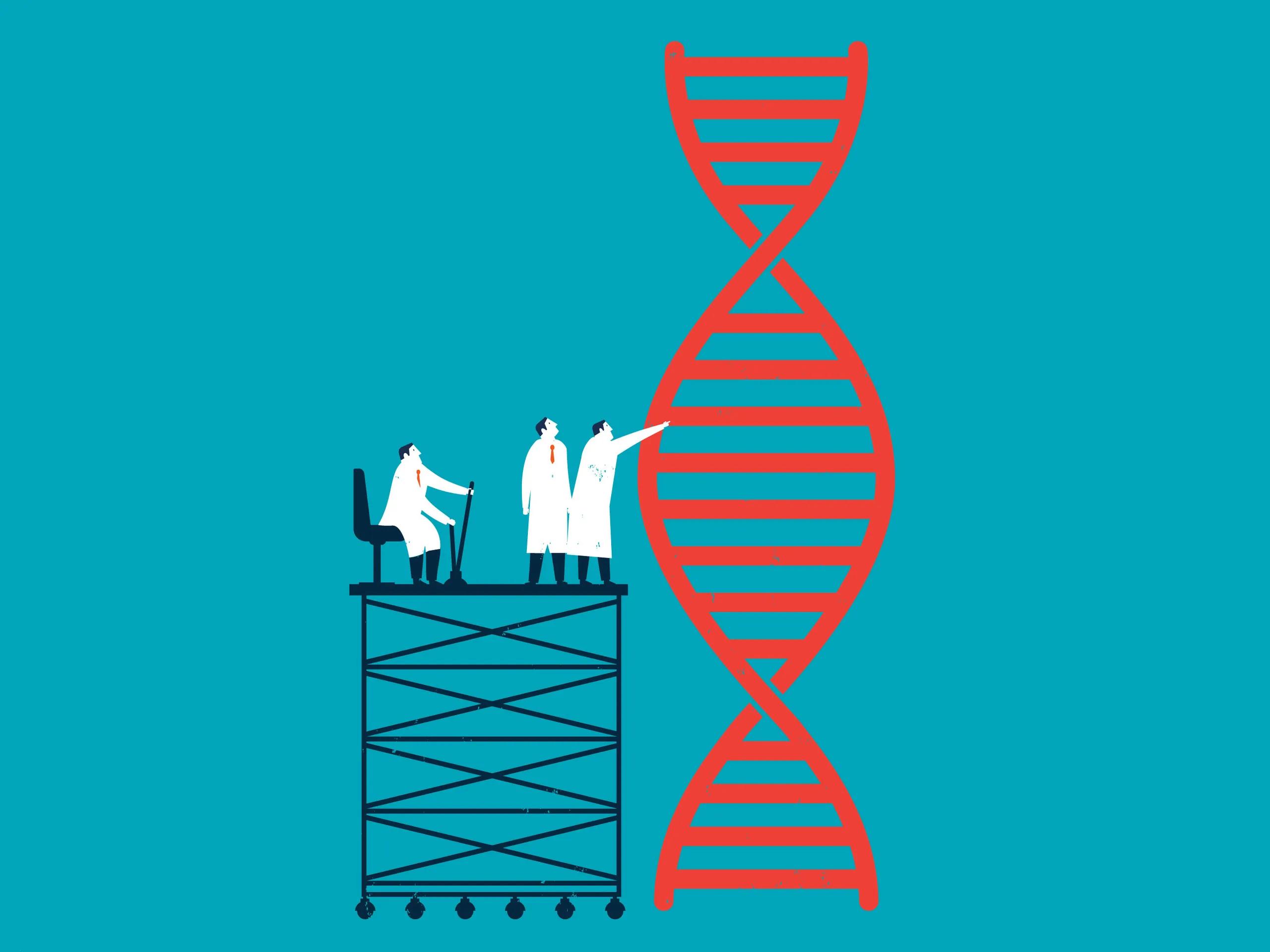
Gene mapping is a powerful tool that can help you understand the specifics of genetics. By pinpointing the locations of genes on chromosomes and measuring the distances between them, gene mapping sheds light on the genetic underpinnings of traits, diseases, and various biological functions.
There are two primary methods you should know about: genetic mapping and physical mapping. Genetic mapping, or linkage mapping, helps determine where genes are located based on how frequently they are inherited together. This method gives you insights into the relative positions of genes. Physical mapping, on the other hand, provides exact locations of genes by using molecular biology techniques to measure distances accurately.
The concept of gene mapping was introduced by Alfred H. Sturtevant in 1913. He created the first genetic map of a chromosome using data from Drosophila breeding experiments. His groundbreaking work set the stage for the sophisticated gene mapping techniques we use today.
When it comes to gene mapping, several methods might interest you. Linkage mapping starts with data from breeding experiments to find genetic markers and analyze their inheritance patterns. Physical mapping involves techniques like restriction enzyme digestion and cloning to precisely locate genes. Comparative mapping compares genetic maps from different species to identify conserved regions and understand evolutionary relationships. Genome-Wide Association Studies (GWAS) scan the entire genome to link genetic variations with specific traits or diseases.
For cancer research, gene mapping is especially crucial. It helps identify genes and mutations associated with cancer, leading to targeted treatments and better diagnostics. Gene mapping also uses molecular markers like Restriction Fragment Length Polymorphisms (RFLPs), Single Nucleotide Polymorphisms (SNPs), Microsatellites, and Amplified Fragment Length Polymorphisms (AFLPs) to pinpoint gene locations and study genetic variations.
Gene mapping works closely with gene sequencing and genetic testing. While gene mapping identifies where genes are located, gene sequencing reveals their exact DNA sequences. Genetic testing uses this information to detect mutations linked to diseases, allowing for early diagnosis and personalized treatment.
In summary, gene mapping and genetic testing are transformative tools in genetics that offer valuable insights into the genetic basis of diseases. These techniques are crucial for advancing personalized medicine and improving healthcare outcomes. Understanding these tools can help you grasp how we decode the human genome and enhance our approach to health and disease.

















Write a comment ...